BIRD FLU EPIDEMIC ON FUR FARMS IN FINLAND
New photographs show weak biosecurity controls and deplorable circumstances on Finnish fur farms, where animals were slaughtered in large numbers due to bird flu fears. The virus's unchecked spread among mink and foxes emphasizes the pandemic potential of fur farming and the urgent need for European-level intervention. Scientists have expressed concerns about a unique mink mutation discovered lately on five Finnish fur farms, which might be an indication of mammalian adaptation. The World Health Organization (WHO) warned in July that an increase in bird flu infections among animals might make it easier for the virus to transmit to people.
The Finnish fur farm outbreaks are Europe’s second bird flu event in less than a year, following a Spanish outbreak last October. In an attempt to prevent further disease spread, the Finnish government has begun slaughtering 120,000 foxes and mink. However, new images documenting the cull, by Finnish animal protection NGO Oikeutta eläimille, expose a concerning lack of basic safety protocols by fur farm workers to avoid further virus transmissions. Employees at a fur farm may be seen feeding animals despite wearing masks on their chins and working near the animal cages while wearing open protective equipment sans masks. The upsetting images also show dead and cannibalized animals left in small, barren cages and other creatures in misery. Not only are fur farms terrible to animals, but data suggests that they can serve as reservoirs for fatal infections as well as develop new viruses, and they should be prohibited in Europe as soon as possible.
Kristo Muurimaa, campaign director at Oikeutta eläimille, said:
“Whenever we treat animals badly, we risk our own health as well. Keeping tens of thousands of wild animals in small, barren cages creates an environment, where viruses can spread and mutate. These photos also show that farm workers are not following the biosecurity protocols. We are basically risking a pandemic for an unnecessary luxury product.”
Despite major public health and animal welfare issues, Finland continues to allow fur farming, behind 19 European nations that have already prohibited this terrible activity, including Austria, the Netherlands, and Estonia. In recent years, the unchecked spread of COVID-19 on mink fur farms has resulted in an absolute ban on fur farming in Italy and the demise of the Danish fur industry, previously Europe's largest mink fur producer. Earlier this year the most successful European Citizens’ Initiative concerning animal welfare – #FurFreeEurope – was submitted to the European Commission, with over 1.5 million validated signatures calling for a fur ban. Along with the inherent animal welfare problems, the hazards to public health posed by fur farming are an important aspect of the case for a "Fur Free Europe." As the Commission prepares to publish its ideas for revising EU animal welfare regulation, and the European Parliament begins to discuss the Fur Free Europe ECI, pressure on EU decision-makers to support a European-wide ban on fur farming is increasing.
Source: Fur Free Alliance


